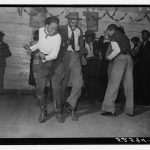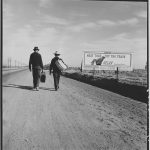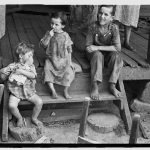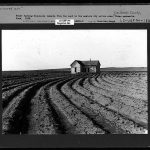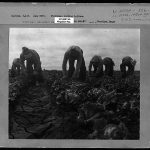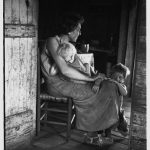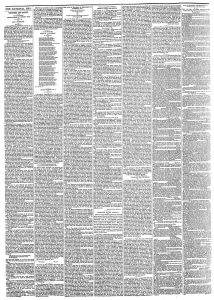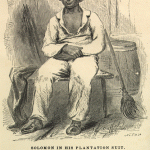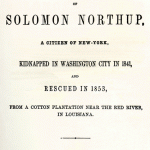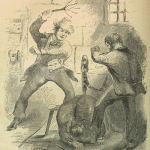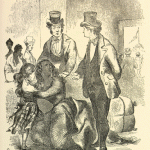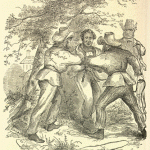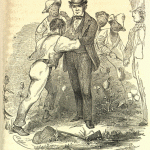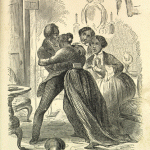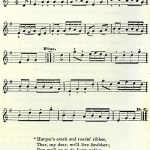Photography as Art
In “The Work of Art in the Age of Mechanical Reproduction” (1935), Walter Benjamin explores how the ease with which photographs can be reproduced stood as a challenge to the aura of uniqueness that had for millennia enveloped most art objects. It’s a difficult essay, so I want you to read just sections III through VII (pp 21-27 of the printed book), skipping the last two ¶s of section VI.
I’m particularly interested in Benjamin’s notion that the human face becomes the final redoubt for cult value so far as photography is concerned (see esp p 27). Let’s consider that claim by looking at a group of images created by photographers working under contract for the Farm Security Administration during the Great Depression. The agency hoped to justify government support for farming by making rural poverty visible. Thus these images were created with a clear rhetorical aim; yet many of them have an equally clear claim to aesthetic beauty.
In a brief ¶ focusing on ONE of the photographs below, consider what makes it a work of art—and whether that claim is based chiefly in what Benjamin calls its “exhibition value” or on its “cult value.”
- Marion Post Wolcott, Jitterbugging in a Negro Juke Joint
- Dorothea Lange, Toward Los Angeles
- Walker Evans, Tengle children
- Dorothea Lange, Tractored Out
- Dorothea Lange, Filipinos Cutting Lettuce
- Walker Evans, Lily Rogers Fields and children
- Dorothea Lange, Migrant Mother
- Dorothea Lange, Mexican Mother
- Walker Evans, Floyd Burroughs cotton sharecropper

